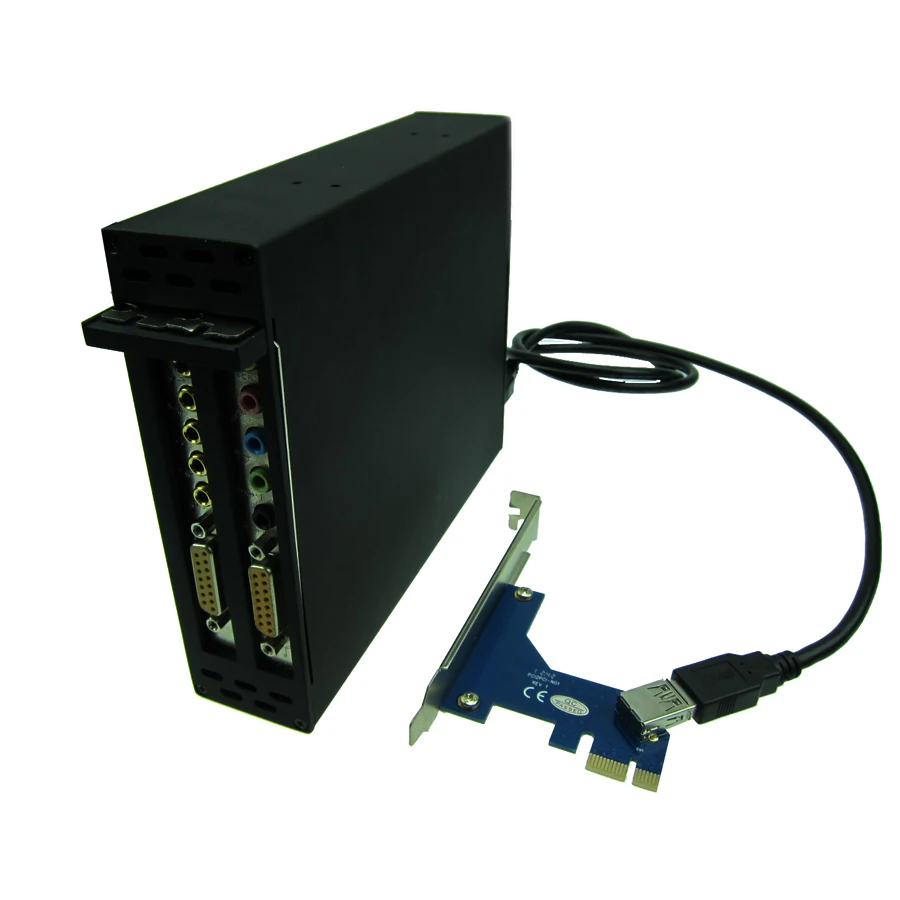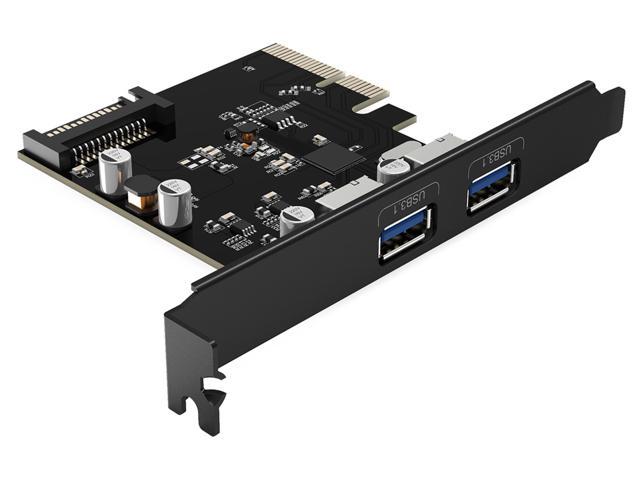

Static use cases, refer to scenarios where resources are allocated at system boot and then typically not changed againĭynamic use cases, refer to scenarios where run-time resource rebalancing (allocation of new resources, freeing of resources no longer needed) is required, due to hot add/remove, or by other needs. To explain this, first we must define some terms: view more This ECR is intended to address a class of issues with PCI/PCIe architecture that relate to resource allocation inefficiency. This ECR is intended to address a class of issues wi. This allows GPIO port configurations to remain consistent with all other existing states. This definition is now also permitted to be used by M.2 cards built to PCI Express M.2 Specification, Revision 1.1 or later to indicate that PCIe and USB 3.1 Gen1 are both present on the connector. This definition was used by M.2 cards built to the PCI Express M.2 Specification, Revision 1.0 (USB 3.1 Gen1 on connector PCIe is “no connect”). States #4, 5, 6, 7 in the “Socket 2 Add-in Card Configuration Table” are re-defined to indicate that in addition to USB 3.1 Gen1, PCIe may be present on the connector. This enables the host to unambiguously determine that PCIe and USB 3.1 Gen1 are present on the connector.Ģ.

The choice of Port Configuration is vendor defined. State #14 in the “Socket 2 Add-in Card Configuration Table” is re-defined to indicate an Add-in Card built to the PCI Express M.2 Specification, Revision 1.1 or later where both PCIe and USB 3.1 Gen1 are both present on the connector. There are two implementation options enabled:ġ. This enables support for a single SKU M.2 card that supports both PCIe and USB 3.1 Gen1. view more M.2 Key B (WWAN) is modified to enable PCIe and USB 3.1 Gen1 signals to be simultaneously present on the connector. M.2 Key B (WWAN) is modified to enable PCIe and USB. PCI Express M.2 Specification Revision 4.0, Version 1.0 (Change Bar)


Additionally, the final copy includes significant improvements in protection against Adversary-in-the-Middle attacks, and, consistent with member feedback received in response to the query regarding key size for AES-GCM applied to IDE TLPs, supports only the 256b key size. Compared to the Member Review copy, and consistent with the “NOTICE TO REVIEWERS” in that copy, this final revision contains significant revisions to the key management protocol in order to align it closely with the DMTF’s Secured Messages using SPDM Specification, which was not available at the time the Member Review copy was prepared. TLP traffic can be secured as it transits Switches, extending the security model to address threats from reprogramming Switch routing mechanisms or using “malicious” Switches. to examine data intended to be confidential, modify TLP contents, & reorder and/or delete TLPs. The security model considers threats from physical attacks on Links, including cases where an adversary uses lab equipment, purpose-built interposers, malicious Extension Devices, etc. The cryptographic mechanisms are aligned to current industry best practices and can be extended as security requirements evolve. It flexibly supports a variety of use models, while providing broad interoperability. view more Integrity & Data Encryption (IDE) provides confidentiality, integrity, and replay protection for TLPs. Integrity & Data Encryption (IDE) provides confi.


 0 kommentar(er)
0 kommentar(er)
